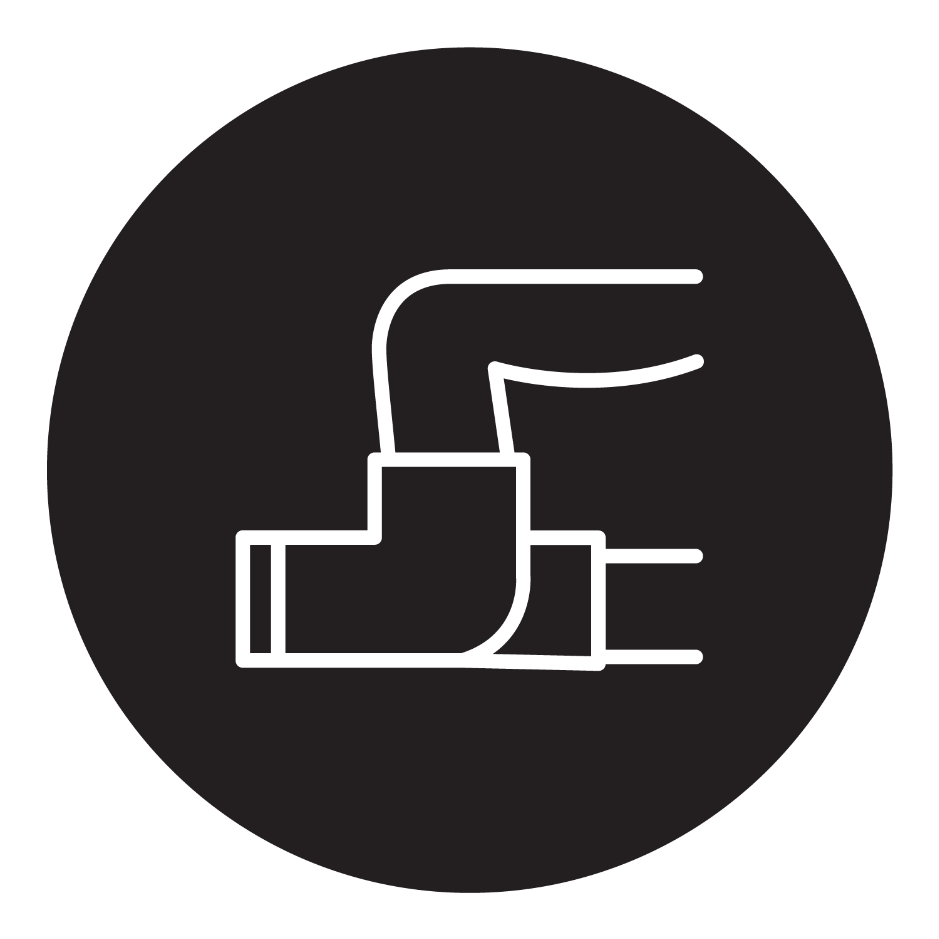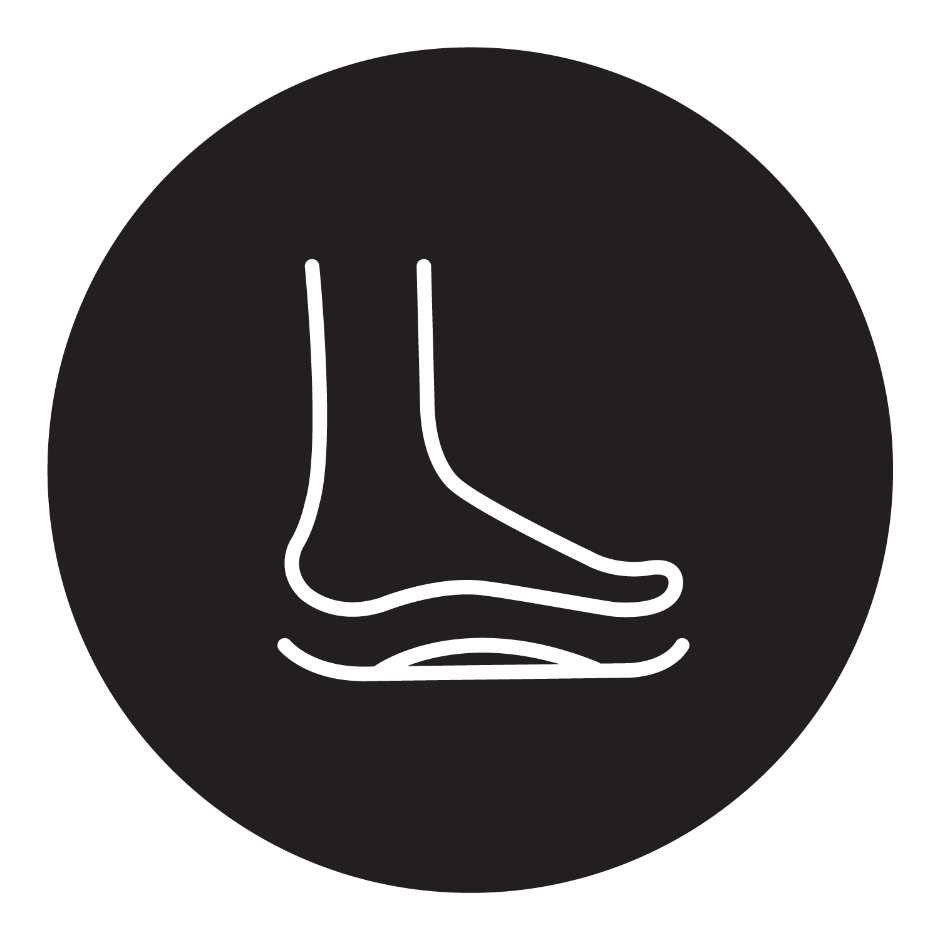Treatment for Sciatica
Sciatica is a pain in the lower extremity resulting from irritation of the sciatic nerve. The pain of sciatica is typically felt from the low back (lumbar area) to behind the thigh and can radiate down below the knee. The sciatic nerve is the largest nerve in the body and begins from nerve roots in the lumbar spinal cord in the low back and extends through the buttock area to send nerve endings down the lower limb. The pain of sciatica is sometimes referred to as sciatic nerve pain. Lower back and leg pains seem to be an inevitable experience that most of us encounter at some point in our lives. While a few may only feel slight discomfort, others may experience chronic and severe incapacitating pain. However, sciatica can cause more than just everyday aches and discomfort, let us help you on your road to recovery from sciatica with chiropractic care, physiotherapy and custom orthotics.

What is Sciatica?

Sciatica is the discomfort that originates in the lower back and extends down the leg. It is also known as lumbar radiculopathy, and it often causes weakness, numbness, tingling, and unbearable pain in the lower back or leg. This type of pain often arises because of an injury or damage to the sciatic nerve. While sciatica is most commonly a result of a lumbar disc herniation directly pressing on the nerve, any cause of irritation or inflammation of the sciatic nerve can produce symptoms of sciatica. This irritation of nerves as a result of an abnormal intervertebral disc is referred to as radiculopathy. Aside from a pinched nerve from a disc, other causes of sciatica include irritation of the nerve from adjacent bone, tumours, muscle, internal bleeding, infections in or around the lumbar spine, injury, and other causes. Sometimes sciatica can occur because of irritation of the sciatic nerve during pregnancy.
However, remember that sciatica is not a separate medical issue. It is actually a symptom of irritation or compression of the sciatic nerve.
What are the Symptoms of Sciatica?
- Pain: The primary symptom of sciatica is shooting pain anywhere along the sciatic nerve. You can feel this pain from the lower back to the back of either leg, passing through the buttocks. The pain can be severe and incapacitating, making it difficult to move or stand.
- Numbness: Another common symptom of sciatica is numbness in the leg along the nerve pathway. The affected leg may feel weak or heavy. This numbness can make you have difficulty moving the leg.
- Tingling: A tingling sensation often feels like pins and needles in the feet and toes. The affected area might also have a burning or prickling sensation.
- Weakness: numbness, or difficulty moving leg/foot.
Sciatica can cause various pain levels, ranging from mild to severe. Some everyday activities (such as bending, sitting, or standing for prolonged periods, bending, or lifting heavy objects) can exacerbate the pain.
Physiotherapy Treatment for Sciatica
Physiotherapy is a holistic healthcare approach that emphasizes the restoration of movement and function in the body through a range of exercise and manual therapy techniques. Physiotherapy aims to ease pain, prevent disability, and improve overall physical function and well-being.
Based on a proper medical assessment, your physiotherapist will develop a personalized sciatica care plan that may include a variety of techniques, such as:
- Exercises: Physiotherapists commonly recommend exercises that aim to ease pressure on the sciatic nerve by targeting the muscles in the back and legs. These exercises can include stretches, stability exercises, and strengthening exercises.
- Range of motion exercises: The aim of performing a range of motion exercises is to enhance the patient's flexibility and mobility, which, in turn, can reduce the excessive strain on your sciatic nerves and ease discomfort.
- Manual therapy: Manual therapy utilizes hands-on techniques such as massage, joint mobilization, and manipulation to alleviate pain and tension in the affected area.
Chiropractic Treatment for Sciatica
Chiropractic care's main focus is on diagnosing and treating musculoskeletal disorders. Chiropractors have a particular emphasis on the spine. Chiropractors believe the body's structure, particularly the spine, affects its overall function and health.This type of care involves applying controlled force to the affected spine area to realign it and reduce inflammation.
Custom Orthotics for Sciatica
Custom Orthotics are a great way to unload and treat sciatica. The goal of a custom orthotic is to promote shock abosrption, alignment, while preventing torsional strain and instability up the leg.
Orthotic Design for Custom Orthotics:
- Full-length mild posting - by applying a inner/outer post, it will indirectly align your knee and place it in a neutral position.
- This may also be necessary if you are walking in an abducted 'duck' stance position or coming off the inside of the greater toe, causing torsion affects up the leg - to the hip/low back region.
- Neutral casting - to align your feet and lower limbs in order to place them in the most optimal position for gait and active lifestyle.
- Heel padding - to reduce the effect of impact forces up the leg.
- Arch support - to prevent internal rotation at the foot and up the leg.
- Customized arch support - dissipates pressure throughout the foot and knee.
Types of Sciatica
You can categorize sciatica based on either its duration or the leg affected.
Duration-based Categorization:
Acute and Chronic Sciatica:
We can categorize sciatica into two types based on the duration of the pain. Acute sciatica is a sudden onset of pain in the lower back or legs that lasts four to eight weeks. You can manage it with rest, heat and ice therapy, and over-the-counter anti-inflammatory medication.
On the other hand, chronic sciatica is persistent pain that lasts longer, generally over eight weeks. This kind of sciatica does not respond well to at-home treatments. While non-surgical methods can help ease the pain, you may need surgery to resolve the condition fully.
Leg-based Categorization:
Alternating and Bilateral Sciatica:
Alternating sciatica is a condition where the pain alternates between both legs. It is usually caused by degenerative problems in the sacroiliac joint. This is a joint that connects the hips to the spine.
Bilateral sciatica, on the other hand, affects both legs simultaneously. It is a rare form of sciatica. It often results from disc or vertebral degeneration at multiple spine levels.
Causes of Sciatica
The common causes of sciatica include:
Herniated Disc
Although "herniated disc" is the frequently used term, this condition also goes by the name slipped or ruptured disc. Disc herniation is when the gel-like material in the center of a spinal intervertebral disc bulges out, mainly through a tear in the outer ring called the annulus. This slippage often exerts a lot of pressure on the nerve roots next to the disc, resulting in sharp pain and discomfort.
It is the narrowing of the channel that houses the nerves of the spinal cord. Sometimes, spinal stenosis arises because of the inflammation of nearby anatomical structures around the spine. It can result from various factors, including bone or muscle injuries, such as a hip fracture. Other risk factors include illnesses such as tumors or infections, pregnancy, and even orthopedic surgery of the hip.
As we age, the discs in the spine can wear down and lose their cushioning. When this happens, pain and irritation in the lower back and legs are pretty common.
Piriformis syndrome
"Piriformis syndrome" refers to when the piriformis muscle in the buttock region becomes tight or spasms, compressing or irritating the nearby sciatic nerve.
Numerous factors may elevate the likelihood of developing sciatica. These include:
- spinal alterations linked to aging
- excess body weight, leading to excessive spinal strain
- professions involving spinal rotation or lifting heavy weights
- extended periods of sitting
- diabetes, which can heighten the probability of nerve impairment.
Treatment Options for Sciatica

MyoDynamic Health offers physiotherapy and chiropractic interventions for the management of sciatica. Our team of experienced practitioners employs various techniques to ease sciatica symptoms, including pain, tingling, and numbness. Physiotherapy approaches may involve exercises to strengthen and stretch the affected muscles, nerve mobilization techniques, and manual therapy to improve spinal mobility.
Conclusion
Don't let sciatica pain disrupt your life any longer. At MyoDynamic Health, we are dedicated to providing personalized and effective treatment options to help you get back to living pain-free. Whether you prefer physiotherapy or chiropractic care, we will work with you to design an effective customized treatment regimen that fits your needs and preferences.
So, take control of your life and schedule an appointment today. It's time to say goodbye to sciatica pain and hello to a healthier, happier you!


